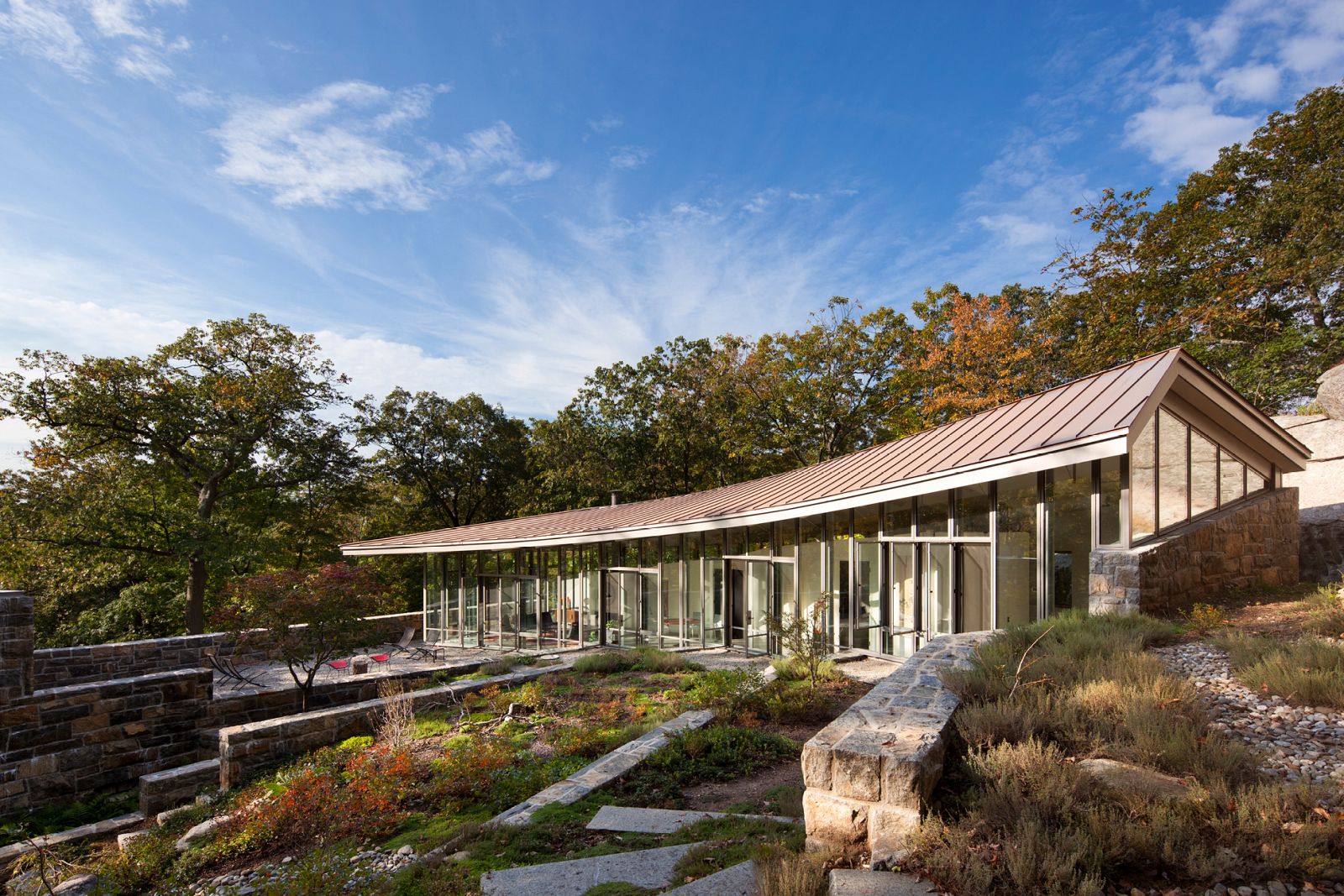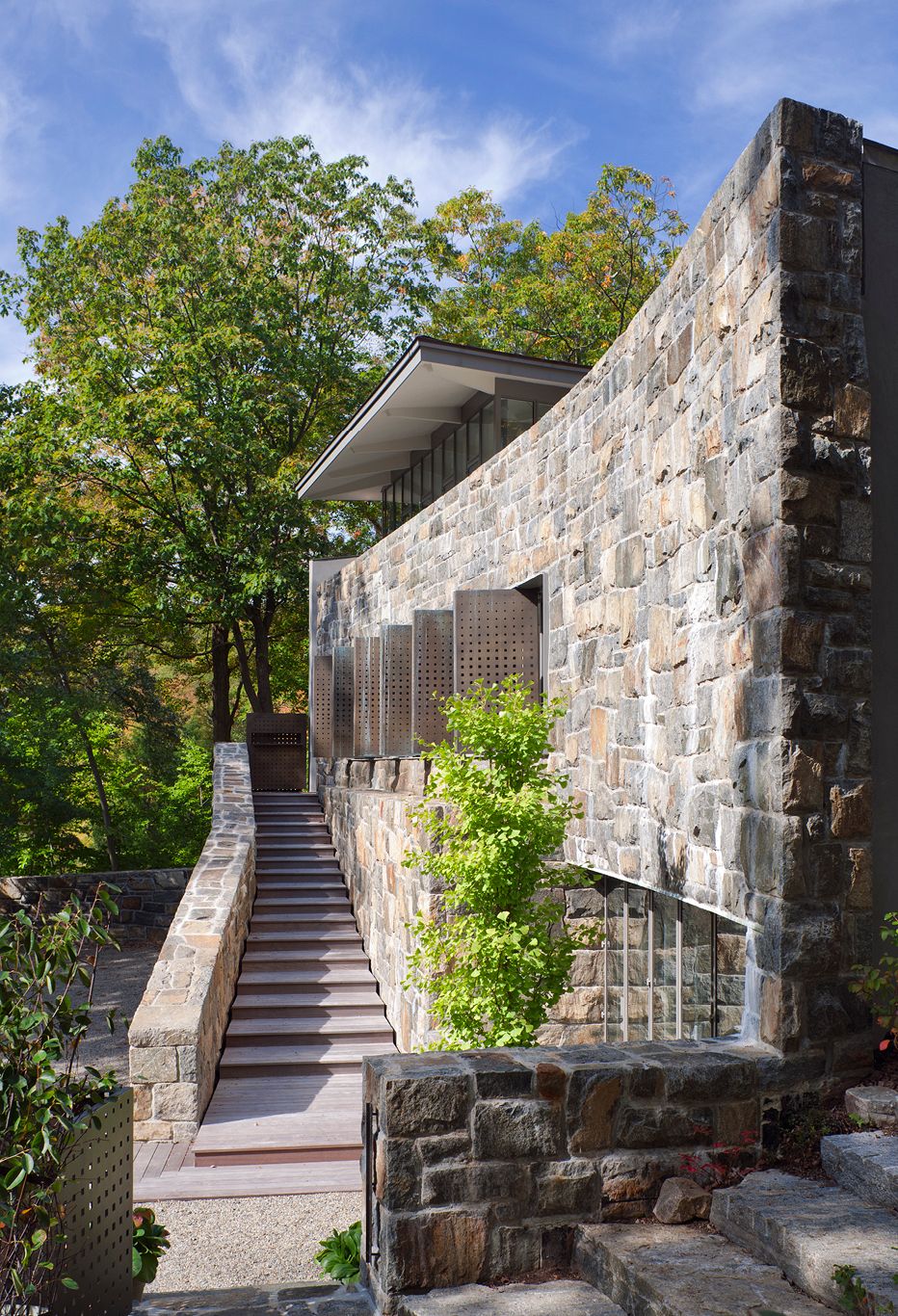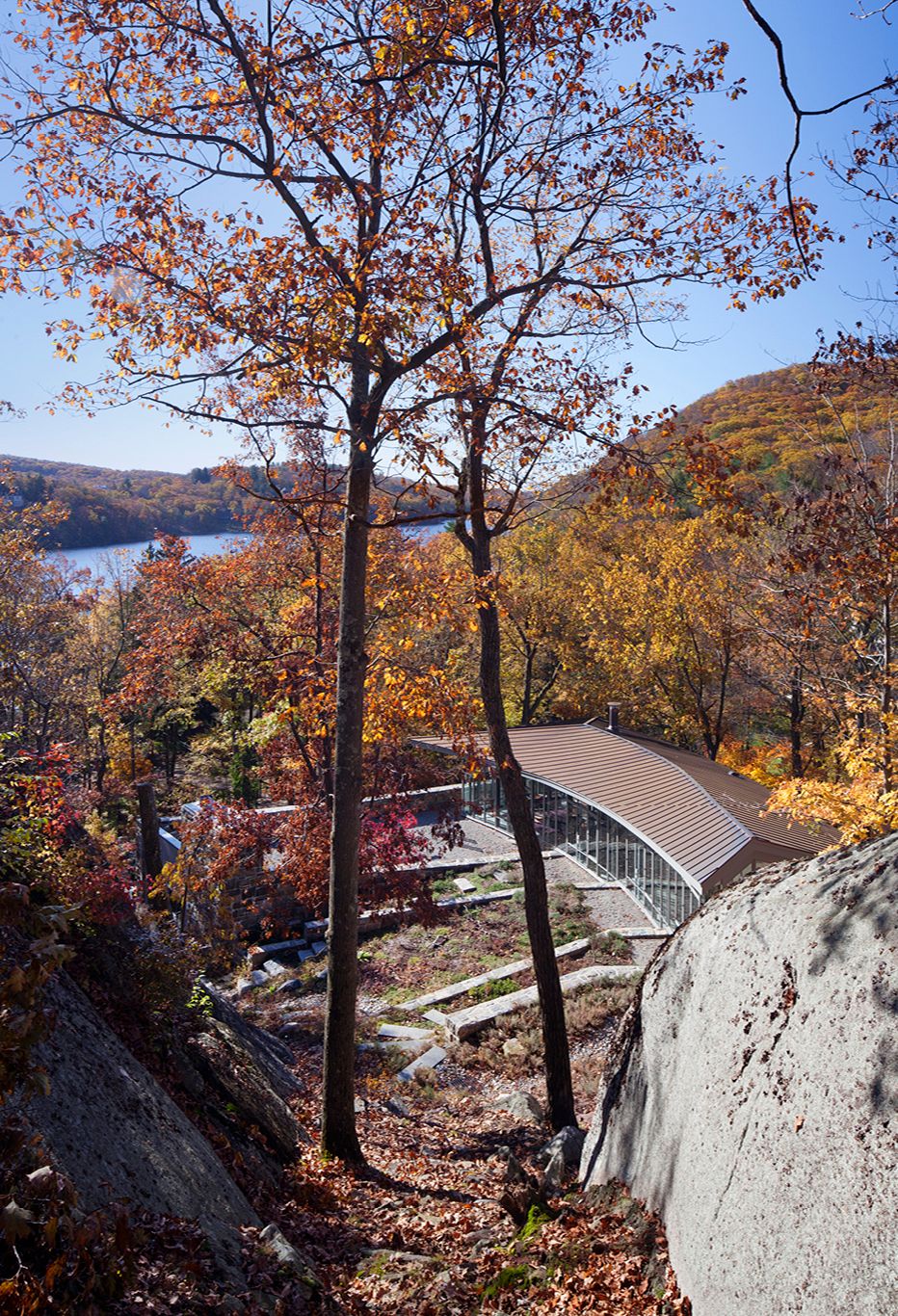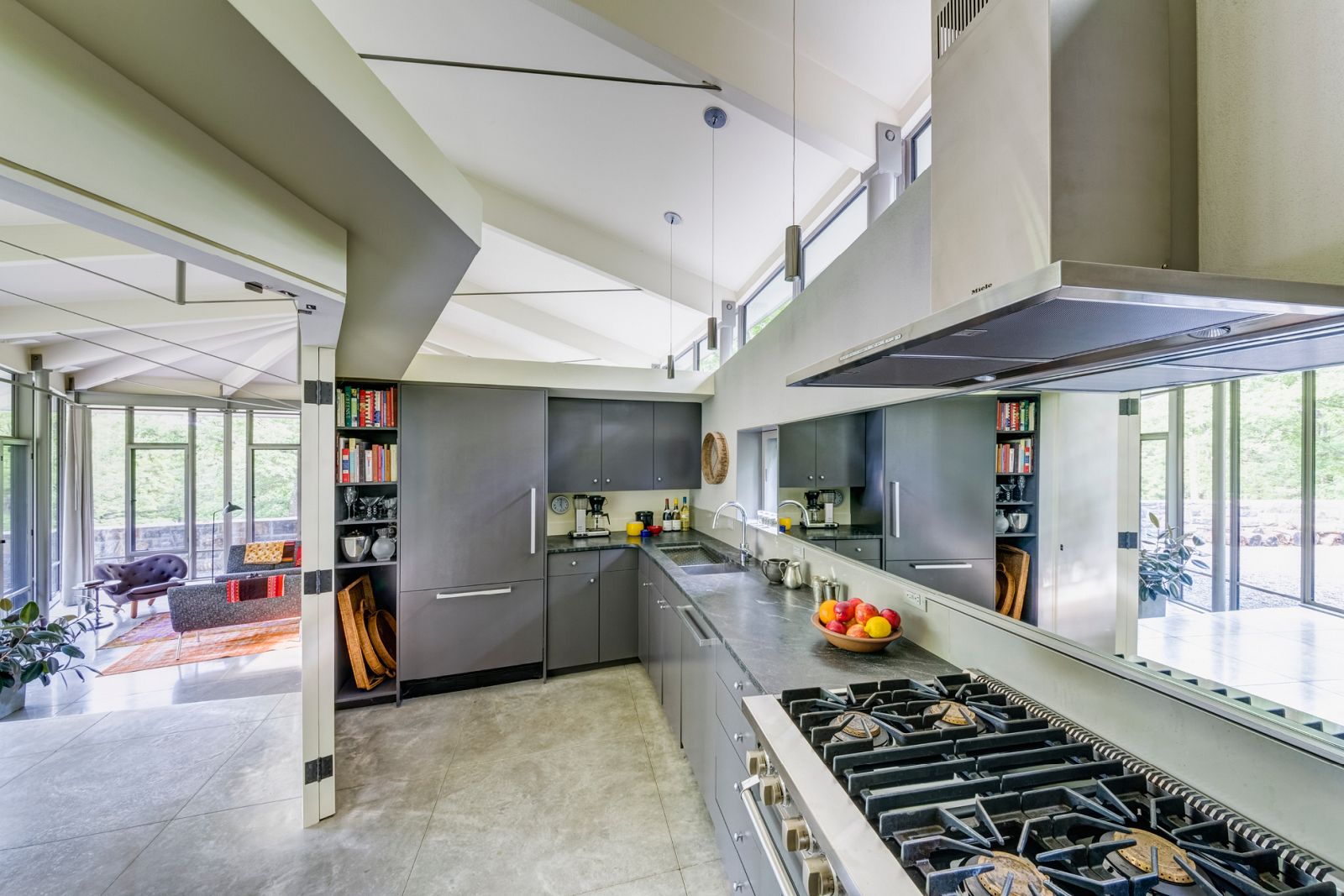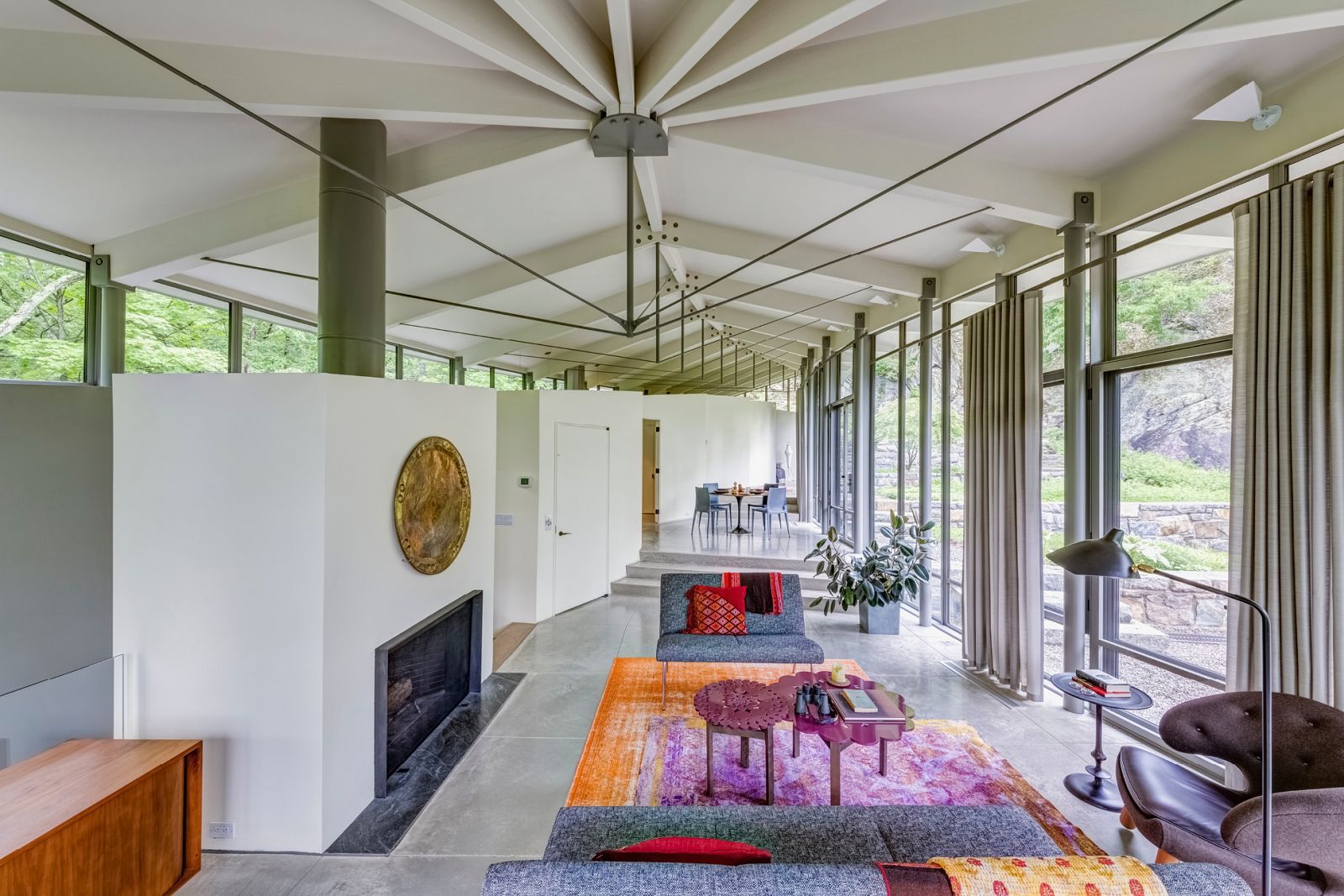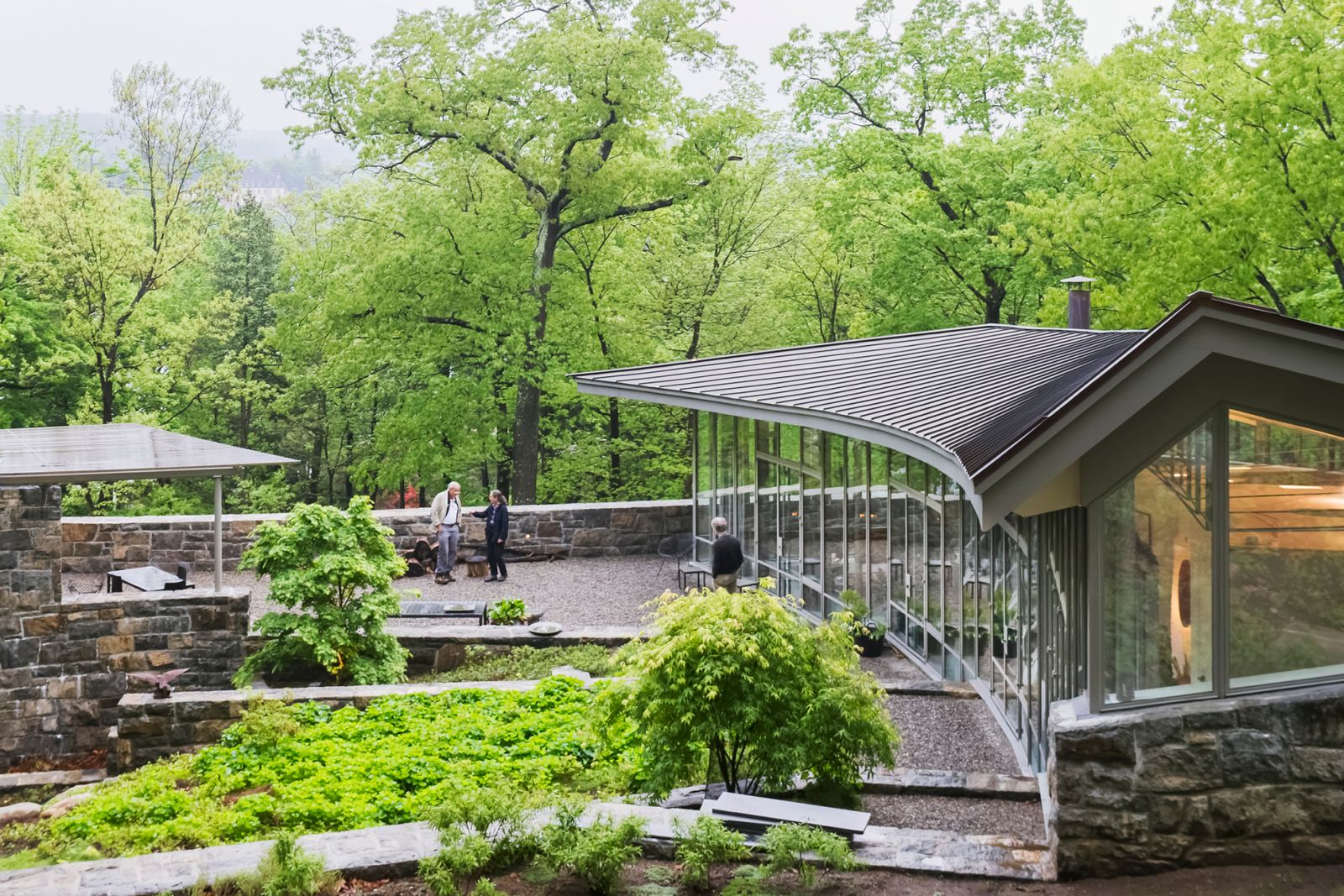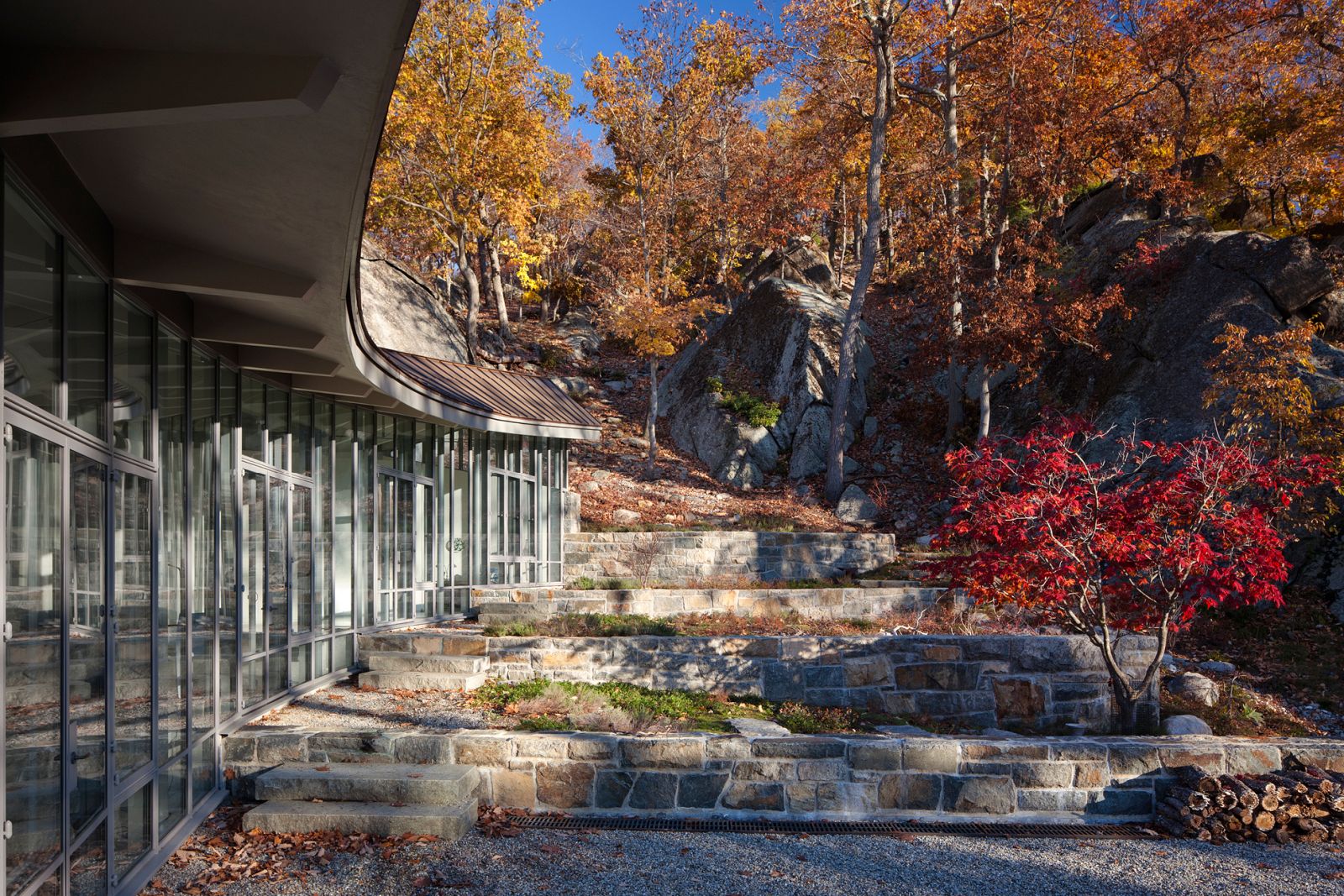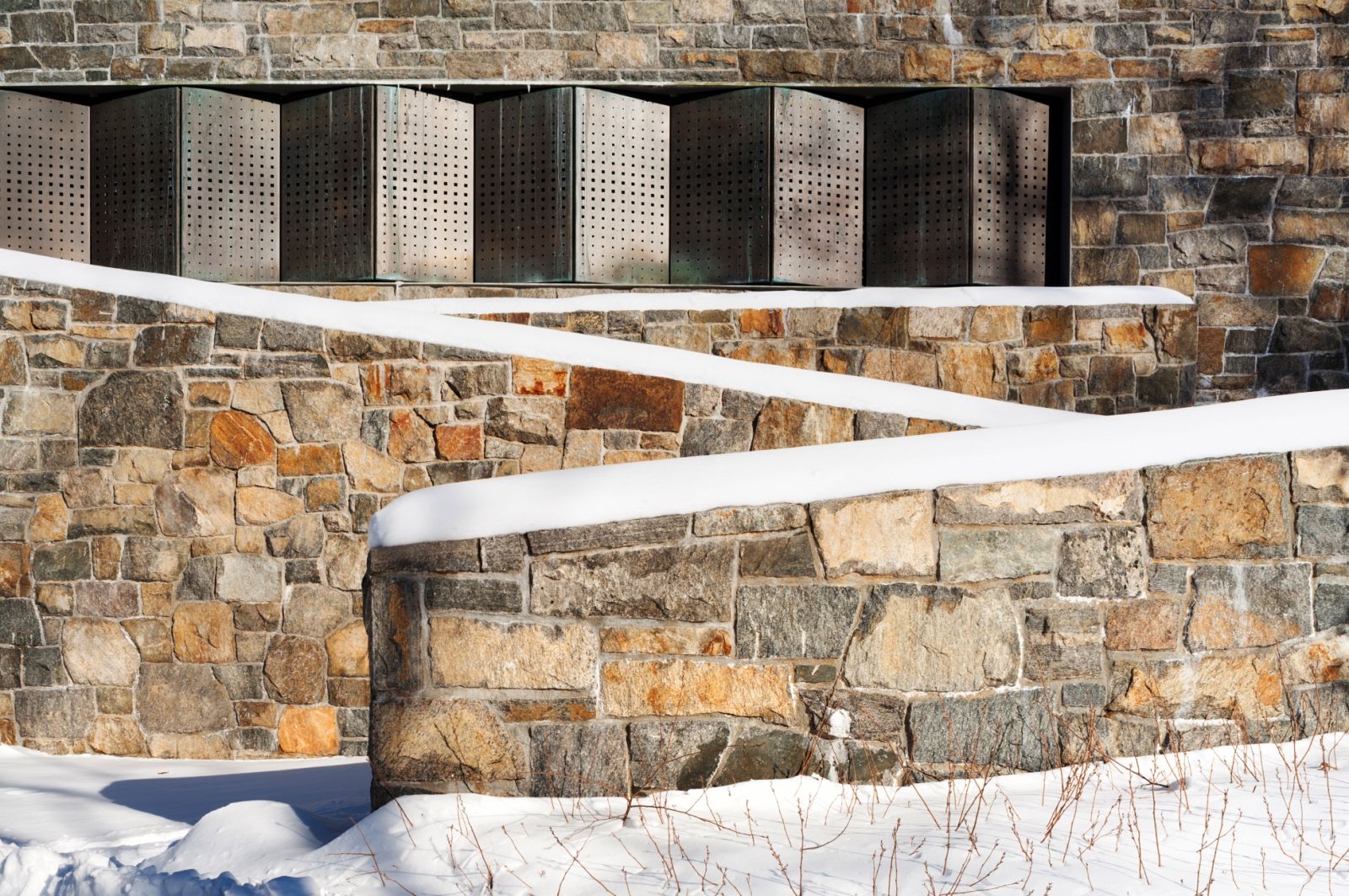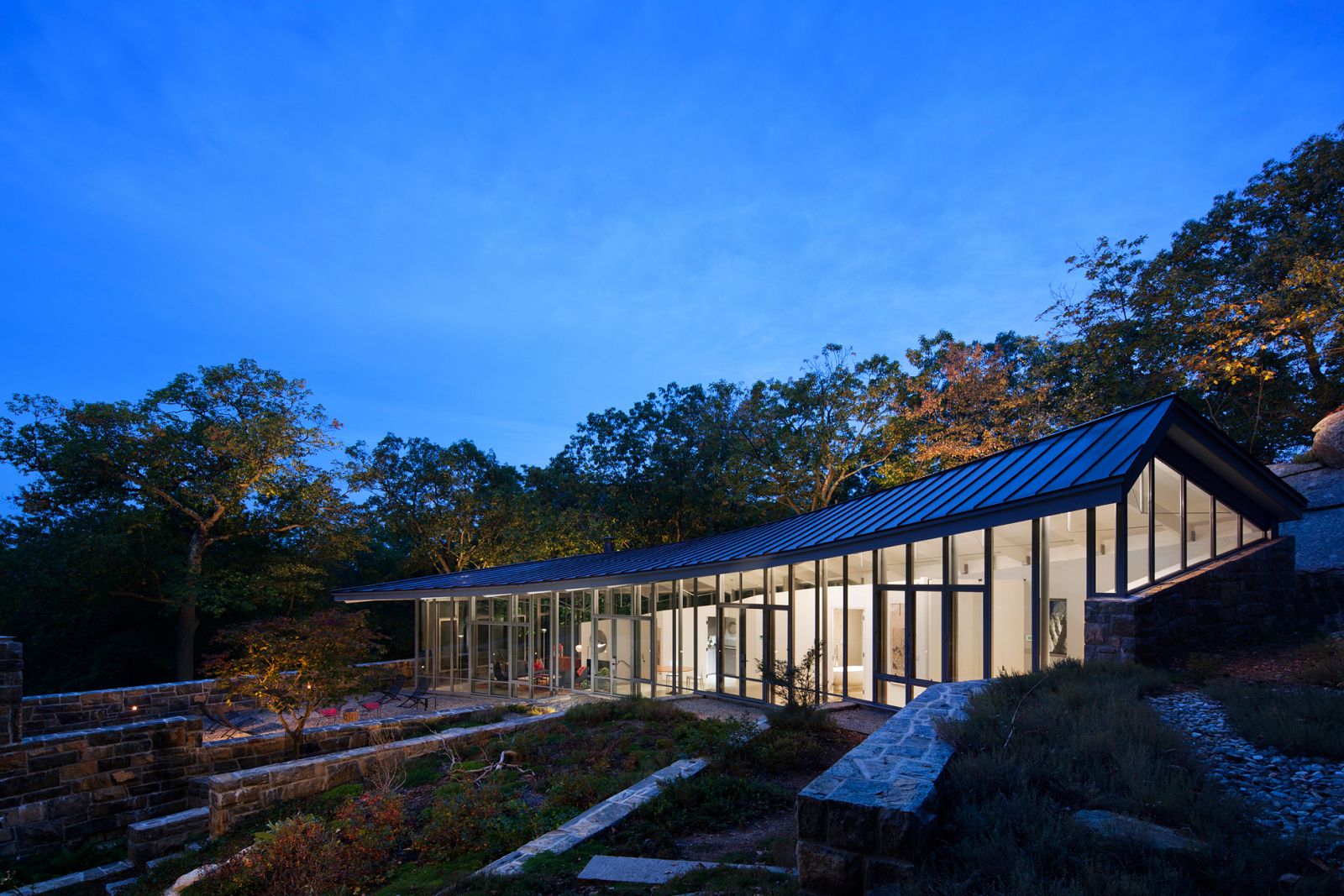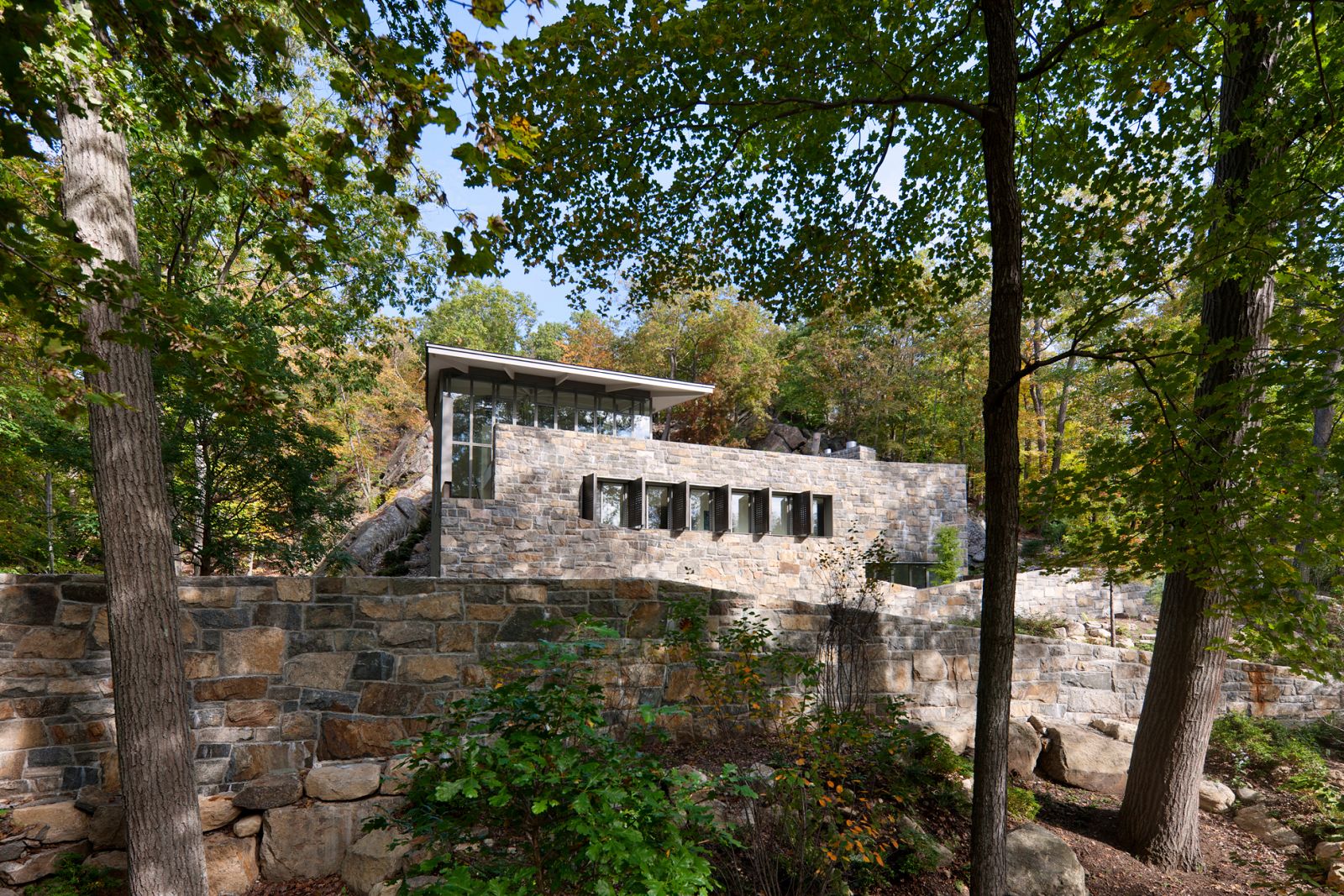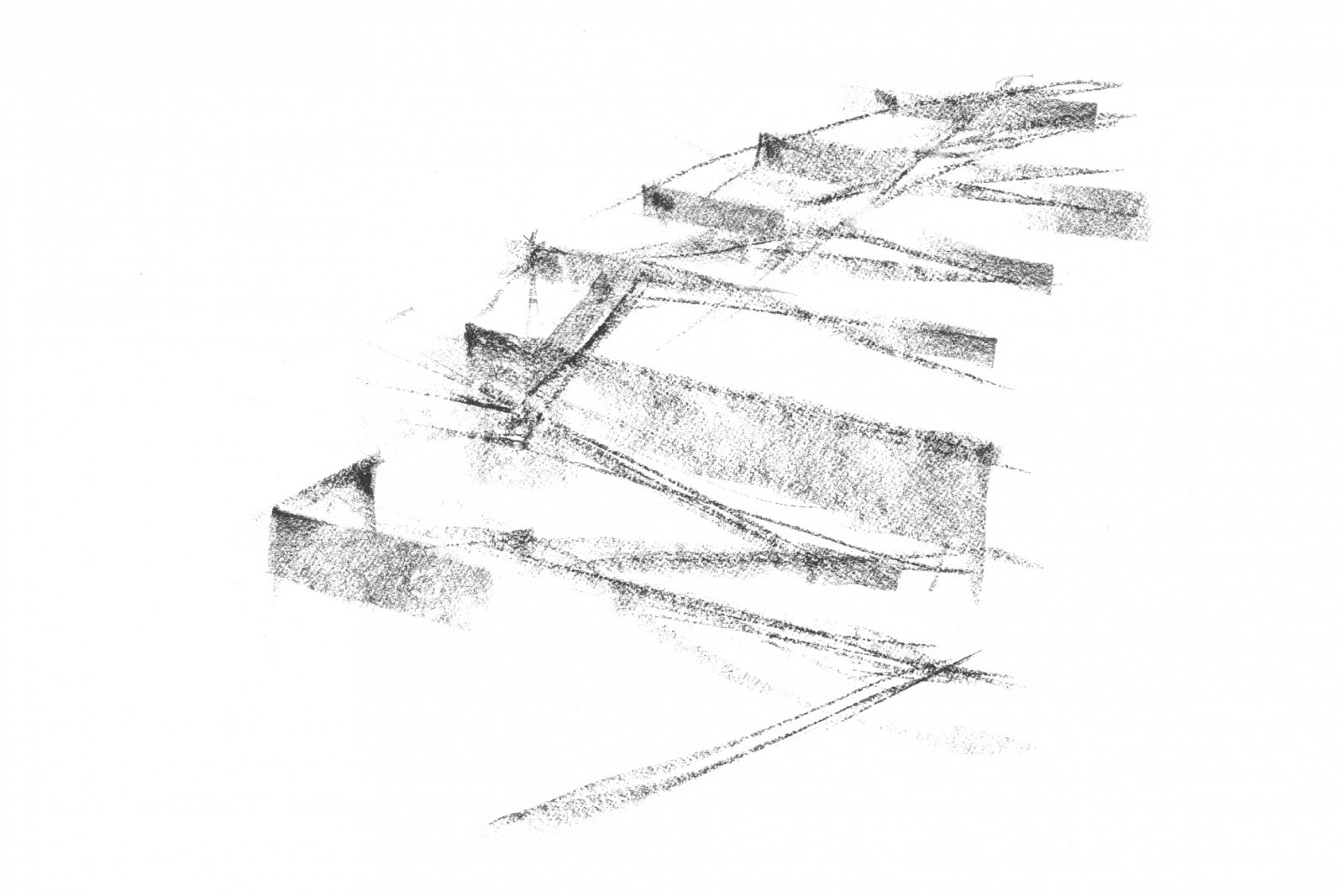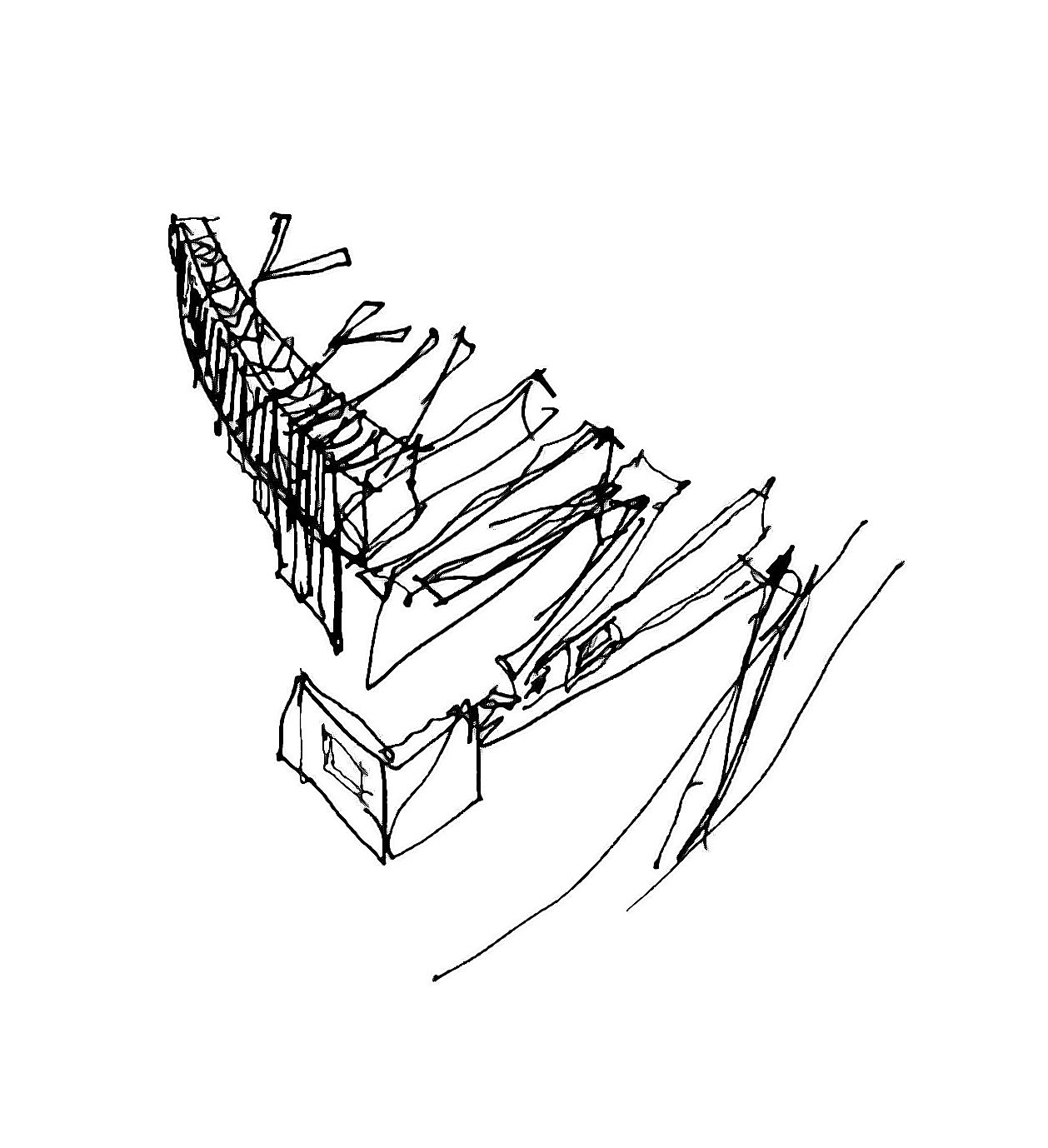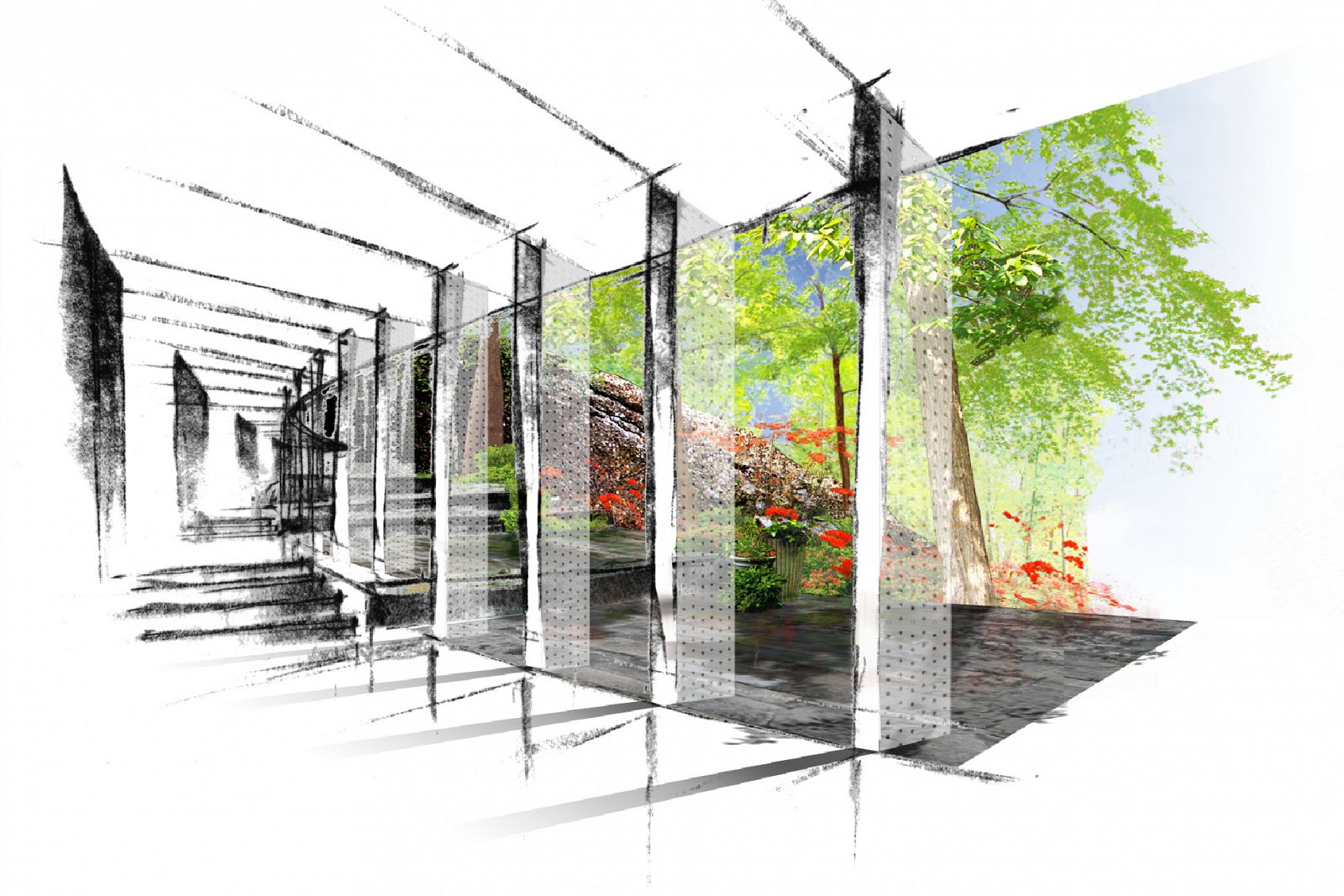McCann Residence




Blurring the connection between landscape and architecture, the McCann Residence embraces its historic setting by introducing a new inhabitable topography.
The McCann Residence is located on a former hunting-and-fishing preserve oriented around three glacial lakes and distinguished by a number of estates designed by prominent architects at the turn of the 19th century. Dense forests and rocky outcroppings characterize this landscape in the Ramapo Mountains.
The site is defined by two massive granite escarpments and metered by a series of retaining walls quarried on site that echo the historic stone walls prevalent throughout Tuxedo Park. The design of the house celebrates the extreme topography of the site, which defines its sectional development.
Three enclosed living levels and a sequence of outdoor terraces are organized in an ascending linear route. The lower level includes a garden room and exterior entry courtyard. An exterior stepped ramp rises to the main entry level, which includes a foyer, library, and guest bedroom. A double-height stair connects the main level to the upper garden level—a loft-like glass pavilion with panoramic vistas of Tuxedo Lake. This level features a sequence of platforms for living, kitchen and dining, and a master bedroom. The terraced gardens create open-air "rooms" defined by the arc of the house and the granite outcropping.
The design features a material palette noted for its ability to weather over time—custom bronze screens filter light and maximize privacy, and the granite walls, mined from a nearby quarry, are constructed from the same stone as the escarpment. Blurring the connection between landscape and architecture, the McCann Residence embraces its historic setting by introducing a new inhabitable topography.
